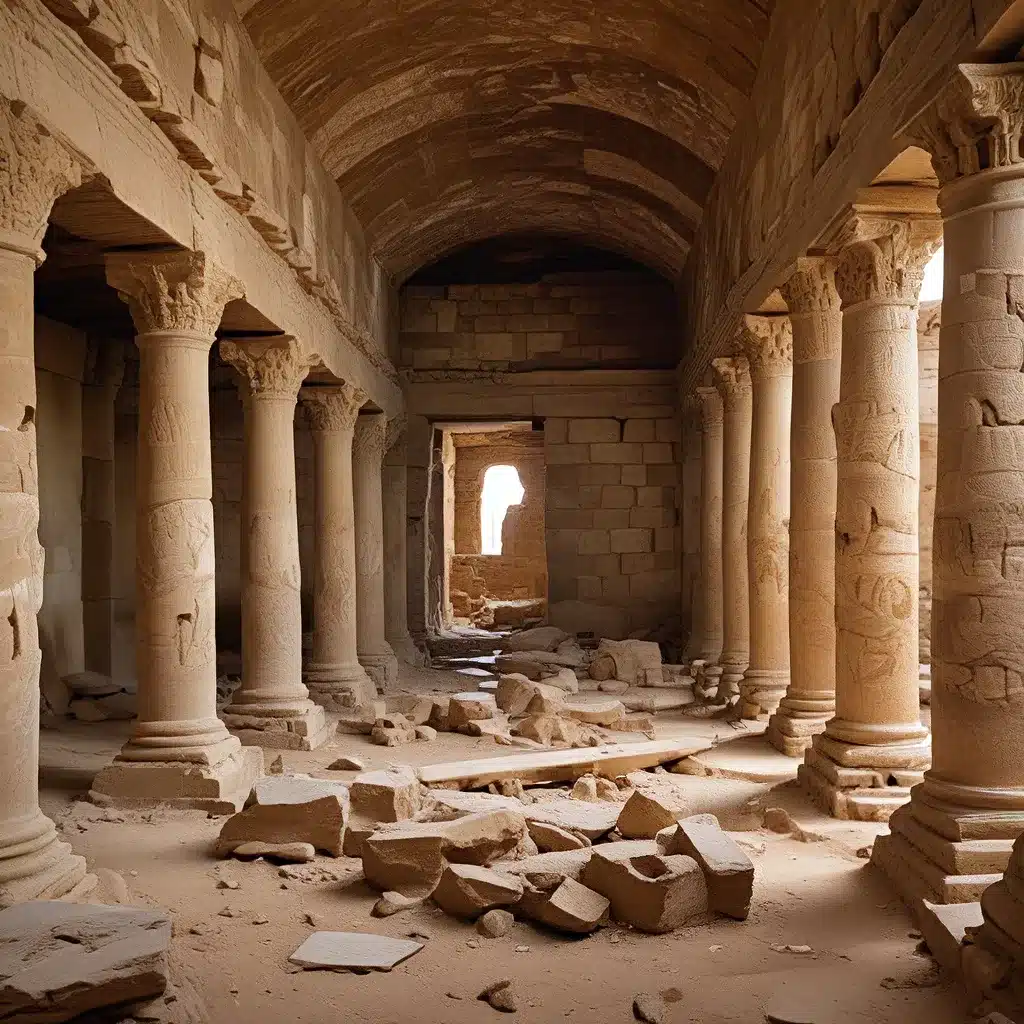
Safeguarding the Past, Shaping the Future
Across the globe, ancient civilizations have left behind a tapestry of cultural heritage, woven with the threads of their beliefs, traditions, and technological advancements. These archaeological sites serve as gateways to the past, offering invaluable insights into the human experience and the evolution of societies. However, the preservation of this irreplaceable legacy has become a pressing challenge in the face of modern development, natural disasters, and human activities.
In this article, we will explore the critical importance of preserving archaeological sites, the various threats they face, and the innovative approaches being employed to safeguard this fragile yet profound inheritance. From the awe-inspiring discoveries of dinosaur fossils to the intricate mysteries of long-lost civilizations, we will delve into the transformative power of archaeology and its role in shaping our understanding of the world.
Uncovering the Secrets of the Past
The archaeological record is a treasure trove of information, a tangible connection to the stories and legacies of bygone eras. Each artifact, each excavation site, holds the potential to unlock new chapters in the grand narrative of human history. From the majestic ruins of ancient cities to the hidden caches of artifacts that have survived the ravages of time, these tangible remnants of the past offer a profound window into the lives, beliefs, and innovations of our ancestors.
One of the most captivating aspects of archaeology is the thrill of discovery. Paleontologists and archaeologists alike have unearthed awe-inspiring dinosaur fossils that have rewritten our understanding of the prehistoric world. The recent discovery of a well-preserved dinosaur embryo in China, for instance, has provided unprecedented insights into the development and behavior of these ancient creatures. Similarly, the exploration of ancient Egyptian tombs has shed light on the sophisticated rituals and beliefs of the pharaohs, inspiring countless fascinated scholars and enthusiasts.
Threats to Archaeological Treasures
Despite the immense value of archaeological sites, they face a multitude of threats that jeopardize their preservation. Natural disasters, such as earthquakes, floods, and wildfires, can wreak havoc on these fragile remnants of the past. Human activities, including urban development, mining, and looting, also pose significant risks, often leading to the irreversible destruction of these irreplaceable cultural resources.
One poignant example of the devastating impact of human activities is the Juukan Gorge incident in Australia, where Rio Tinto, a major mining company, destroyed a 46,000-year-old Aboriginal heritage site in the name of resource extraction. This act, which sparked international outrage, highlighted the urgent need for stronger protection and preservation measures for archaeological sites threatened by commercial interests.
Innovative Preservation Strategies
In response to these daunting challenges, archaeologists, policymakers, and heritage organizations have developed a range of innovative strategies to safeguard our cultural legacies. Digital preservation techniques, such as 3D scanning and virtual reconstruction, have emerged as powerful tools to document and preserve archaeological sites that are at risk of destruction. By creating detailed digital models, these sites can be preserved in perpetuity, even if the physical structures are lost.
Another approach is the establishment of heritage centers and keeping places, which serve as repositories for artifacts and cultural materials salvaged from endangered sites. These specialized facilities not only provide secure storage but also facilitate research, education, and engagement with local communities. The proposed keeping place for the artifacts from the Juukan Gorge incident, for instance, could serve as a powerful symbol of respect and reconciliation with the Indigenous people whose heritage was so profoundly impacted.
The Power of Collaboration and Community Engagement
Effective preservation of archaeological sites requires a collaborative effort between various stakeholders, including government agencies, academic institutions, local communities, and private organizations. By fostering partnerships and encouraging community engagement, these diverse groups can work together to identify, document, and protect the cultural heritage that is integral to their shared histories.
One such example is the California Office of Historic Preservation, which has developed a comprehensive approach to historic site management. Through their Certified Local Government Program, they empower local communities to actively participate in the identification, evaluation, and protection of their historic resources. This collaborative model has proven successful in preserving the unique cultural narratives that shape the identity of these communities.
Unlocking the Future through the Past
As we continue to uncover the secrets of the past, it becomes increasingly clear that the preservation of archaeological sites is not only a responsibility, but a necessity. These tangible links to our shared heritage hold the power to inspire, educate, and transform our understanding of the human experience. By safeguarding these invaluable resources, we ensure that future generations can continue to explore, learn, and draw inspiration from the rich tapestry of our collective past.
The journey of archaeological discovery is an ongoing one, filled with the promise of new insights and the potential to rewrite the stories we thought we knew. As we navigate the complex challenges of preserving our cultural heritage, we must remain steadfast in our commitment to honoring the past, while shaping a future that celebrates the diversity and resilience of the human spirit. Through this endeavor, we not only protect the relics of bygone eras but also secure the foundation upon which we can build a more informed, empathetic, and sustainable world.


